Your search for what grows best in acidic soil ends with this extensive list of 101 Acid Loving Plants for your garden!
1. Amaryllis
Botanical Name: Hippeastrum
Soil Ph: Between 6.0 to 6.8
Amaryllis grows best in slightly acidic soil. You can also keep it indoors in a spot that receives at least 3-4 hours of direct sunlight daily. Once it blooms, move it out of direct sunlight.
2. Andromeda
Botanical Name: Andromeda polifolia
Soil Ph: Between 5.0 to 6.5 is ideal
Also known as Bog rosemary, it features pink and white blooms with blue-green foliage. It is a poisonous plant, especially its foliage; so keep it out of reach from children and pets.
3. Apple
Botanical Name: Malus
Soil Ph: Between 5.5 to 7.0
Apple trees grow best in slightly acidic to neutral soil. You can also grow some of its cultivars in pots. Learn more here.
4. Chokeberry
Botanical Name: Aronia melanocarpa
Soil Ph: Between 6 to 6.5
Aronia displays attractive fall foliage, grows around six feet tall, and produces edible black and red berries. It grows best in slightly acidic to neutral soil type.
5. Arugula
Botanical Name: Eruca Vesicaria Sativa
Soil Ph: Between 6.0 to 6.8
The tangy and mustard-like flavor of arugula makes it a perfect addition to salads. It is also high in fiber and phytochemicals.
6. Aster
Botanical Name: Asteraceae
Soil Ph: Between 5.8 to 6.75
Even when other summer blooms fade, they continue to woo with their long-lasting flowers that come in a variety of bright colors. They are container friendly so that you can place them anywhere in your house!
7. Astilbe
Botanical Name: Astilbe Arendsil Group
Soil Ph: Between 6.0 to 8.0
Its tall stalks of flowers, tower above the spacious foliage, and contrast well with broadleaf plants such as Hostas and Heuchera. It can grow between slightly acidic to alkaline soil.
8. Azalea
Botanical Name: Rhododendron
Soil Ph: Between 4.5 to 5.5
Also known as “The Royalty of the Garden” its foliage and flowers, both are prized by gardeners from a long time for its form and attractive, different colors.
9. Basil
Botanical Name: Ocimum basilicum
Soil Ph: Between 5.1 to 8.5
While basil can grow in acidic soil, it prefers slightly acidic to the neutral substrate.It is effortless to grow and maintain and is used in a variety of ways.
10. Bayberry
Botanical Name: Myrica
Soil Ph: Between 5.6 to 6.5
Bayberry shrub grows best in slightly acidic, moist, and sandy soils. It prefers a cold climate. The plants suffer from chlorosis when grows in alkaline soil.
11. Beans
Botanical name: Phaseolus Vulgaris
Soil Ph: Between 4.2 to 6.0
Beans are a great addition to any healthy diet and can be tossed in salads or cooked separately. They are a rich source of protein and healthy nutrients.
12. Beech Tree
Botanical Name: Fagus
Soil Ph: Between 5.0 to 6.5
It grows quite large and looks grand when it matures. It grows up to 80 feet in height and spreads quite wide. Its foliage turns bronze to yellow in fall, making it a sight to withhold.
12. Begonias

Botanical Name: Begonia X Semperflorens-Cultorum
Soil Ph: Between 5.5 to 6.2
The flowers are bright enough to enhance the mood of your house tenfolds. Begonias have a fancy looking foliage, and when paired with its bright color flowers, it further adds to the beauty of the plant.
13. Blackberries
Botanical Name: Rubus
Soil Ph: Between 5.5 to 7.0
It’s a feast for tastebuds in summers and is a rich source of fiber, vitamin C, and anti-oxidants. You can also use the berries to make Jams, Shakes, and what not!
14. Bleeding Heart
Botanical Name: Lamprocapnos spectabilis
Soil Ph: Between 6.0 to 6.5
Don’t let its name fool you! The beautiful looking arched stems bloom with heart-shaped flowers, that are an absolute treat to watch in spring when they are at their full bloom.
15. Blueberry
Botanical Name: Cyanococcus
Soil Ph: Between 4.5 to 4.8
The antioxidant-rich berries are blue, as the name suggests. They are tasty and can be eaten directly or used in many ways. The plant can be easily grown in a large container if you lack space.
16. Broccoli
Botanical Name: Brassica oleracea var. italica
Soil Ph: Between 6.0 to 6.8
Broccoli is very low in calories and packed with nutrients and protiens to the brim. Its healthy and tasteful nature has earned it a tag of a ‘Superfood.’
17. Cabbage
Botanical Name: Brassica oleracea var. capitata
Soil Ph: Between 6.0 to 6.8
It belongs to the same family as broccoli, this leafy vegetable can be cooked or eaten raw in salads. It can also be planted in medium-sized containers.
18. Caladium
Botanical Name: Caladium spp
Soil Ph: Between 5.5 to 6.5
The foliage shape of the caladium makes it very attractive. It comes in Pink, White, or Red colors, with green outer edges, making it a colorful addition both indoors or outdoor.
19. Carrot
Botanical Name: Daucus carota subsp. sativus
Soil Ph: Between 6.0 to 6.8
What more you could ask from a root vegetable, that’s crunchy, tasty, and nutritious. You can eat it directly or cook in many easy ways!
20. Catnip
Botanical Name: Nepeta cataria
Soil Ph: Between 6.0 to 7.5
Belonging to the mint family, this bushy looking plant, with its pungent fragrance, attracts cats and repels mosquitoes. That’s the main reason it has got “Cat’ in its name!
21. Camellia
Botanical Name: Camellia japonica
Soil Ph: Between 6.0 to 6.5
You can have Camellia for every season, as this shrub comes in different varieties. You won’t ever have to worry about replacing it as well because it’s a perennial.
22. Cauliflower
Botanical Name: Brassica oleracea var. botrytis
Soil Ph: Between 6.0 to 6.8
Although you might find it a bit difficult to grow, because of its intolerance to too much heat and cold. But all that effort will be worth in the end, because fresh, homegrown cauliflower tastes heavenly. You can also grow it in a pot.
23. Celery
Botanical Name: Apium graveolens
Soil Ph: Between 6.0 to 6.5
Celery grown at home is more crunchy and flavorful than what you get at the stores. Moreover, it’ll also be free from pesticides too! You can grow it in spring or fall, easily in containers.
24. Chicory
Botanical Name: Cichorium intybus
Soil Ph: Between 4.5 to 7.5
This herb is native to the United States and is known for its medicinal use. It’s laxative in nature and reduces swelling of the gallbladder. It is also a very healthy alternative to coffee.
25. Sweet Pepperbush
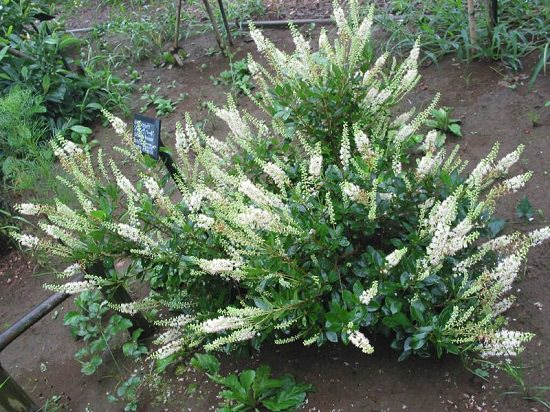
Botanical Name: Clethra Alnifolia
Soil Ph: Between 5.0 to 7.0
Also known as pepper bush, this plant has a spicy scent. It’s an ornamental plant with exotic white blooms. It’s one of the perfect acid loving plants to grow in acidic soil.
26. Cleyera
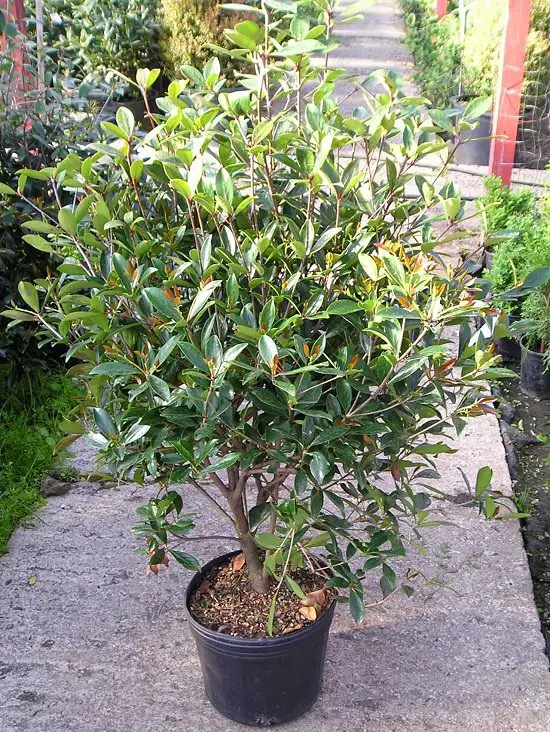
Botanical Name: Ternstroemia gymnanthera
Soil Ph: Between 4.0 to 6.5
Cleyera grows naturally in a neat rounded shape that requires little to no pruning. The plant is ideal for hedges or screens and it is very easy to grow in pots.
27. Cranberry
Botanical Name: Oxycoccus
Soil Ph: Between 4.0 to 5.5
As long as the soil is acidic, you can grow cranberries plentiful. They make a healthy snack, can be eaten dried and can also be used to make famous cranberry juice!
28. Currant
Botanical Name: Ribes
Soil Ph: Between 4.0 to 7.0
Small, tart flavored currants are rich in nutrients and mostly used in jams and jellies. Some varieties sweet enough to be eaten directly. They require a little extra space to grow and are best suited for the gardens.
29. Dogwood
Botanical Name: Cornus
Soil Ph: Between 5 to 8
Many dogwood species show tremendous colors in autumn. Just like the Cornus ‘Midwinter Fire’ variety in the picture above.
30. Dill
Botanical Name: Anethum graveolens
Soil Ph: Between 5.5 to 6.5
The feathery green leaves are used in soups, stews, and also for pickling. It’ll bestow you with its beautiful looking yellow flowers in summer.
31. Eggplant
Botanical Name: Solanum melongena
Soil Ph: Between 5.5 to 7.5
This warm-weather vegetable is easy to grow even in pots, check out our article to learn more.
32. Elderberry
Botanical Name: Sambucus
Soil Ph: Between 5.5 to 6.5
It’s a dark purple berry, which is known to give relief in cold and flu. Plus, it’s rich in anti-oxidants and an equally rich source of Vitamin C. It can easily grow in the garden of the house.
34. Ferns
Botanical Name: Tracheophyta
Soil Ph: Between 4 to 7, up to 8
If you love ferns, learn about the best ones you can grow indoors here.
Also Read: How to Care for Ferns
35. Fir
Botanical Name: Abies
Soil Ph: 5.5 to 7.0
Fir is the most popular choice for the Christmas tree and makes for an attractive landscape. Almost all the species require acidic to slightly acidic soil to grow well. Here’s a helpful chart for you to see.
36. Fothergilla
Botanical Name: Fothergilla major
Soil Ph: Between 5.0 to 6.0
This low-maintenance plant comes in low to medium size, depending on the variety. The blooms are white, bottle brush-like, with honey-scented flowers adorning it in springs.
37. Gardenia
Botanical Name: Gardenia jasminoides
Soil Ph: Between 5.0 to 6.0
Gardenia has an intoxicating fragrance and waxy foliage. The blooms are roselike, with a startling white color. It’s one of the most fragrant flowers.
38. Garlic
Botanical Name: Allium Sativum
Soil Ph: Between 6.0 to 7.2
Be it medicinal or culinary use–garlic serves many purposes. You can plant Softneck, Hardneck, or Great-headed garlic, depending on your requirements with ease.
39. Gooseberry
Botanical Name: Ribes uva-crispa
Soil Ph: Between 6.0 to 6.8
The berries have a tangy, rich, sweet, and juicy flavor and are generously used in pies and jellies. With such a tasty fruit, there is hardly anything that’ll go wrong with growing it!
40. Gourds
Botanical Name: Cucurbitaceae
Soil Ph: Between 5.8 to 8
With around forty varieties to choose from, you will always have a variety that fits your needs and requirements. They grow in a small space easily.
41. Grapes
Botanical Name: Vitis
Soil Ph: Between 5.5 to 8.0
Grapevine needs no introduction. It grows best in acidic to slightly acidic soils. Also, it can be easily grown in containers if you follow the tips here.
42. Heath
Botanical Name: Erica
Soil Ph: Between 4.5 to 5.5.
Most of the species belong to Erica genus grows in acidic soil pH.
43. Heather
Botanical Name: Calluna Vulgaris
Soil Ph: 4.5 to 5.5
One of the low maintenance flowering plants, learn how to grow heather here.
44. Poison Hemlock
Botanical Name: Conium maculatum
Soil Ph: Between 4.5 to 6.0
It is a highly poisonous herb that can be fatal even when ingested in small amounts. Some people grow it for medicinal purposes.
45. Hibiscus
Botanical Name: Hibiscus Rosa-Sinensis
Soil Ph: Between 5.5 to 7.5
Also considered as “Queen of Tropics,” hibiscus grows naturally in tropical and subtropical regions.
46. Holly
Botanical Name: Ilex
Soil Ph: Between 4.5 to 5.5
Bright red holly berries are popular in Holiday arrangements.
47. Hosta (Plantation Lily)
Botanical Name: Hosta plantaginea
Soil Ph: Between 6.5 to 7.5
This hosta family plant has glossy aesthetic foliage and fragrant white flowers.
48. Huckleberry
Botanical Name: Vaccinium
Soil Ph: Between 4.5 to 6
The popular vaccinium genus has many edible berry species. All of them grow in acidic soil.
49. Hydrangea
Botanical Name: Hydrangea Macrophylla
Soil Ph: Between 5 to 6.5 (For Blue Flowers)
If you are in love with blue flowers, grow hydrangeas in acidic soil.
50. Inkberry
Botanical Name: Ilex glabra
Soil Ph: 5 to 6.8
With a dark and evergreen foliage, you’ll surely want this plant to adorn your garden. The berries of the plant are not edible.



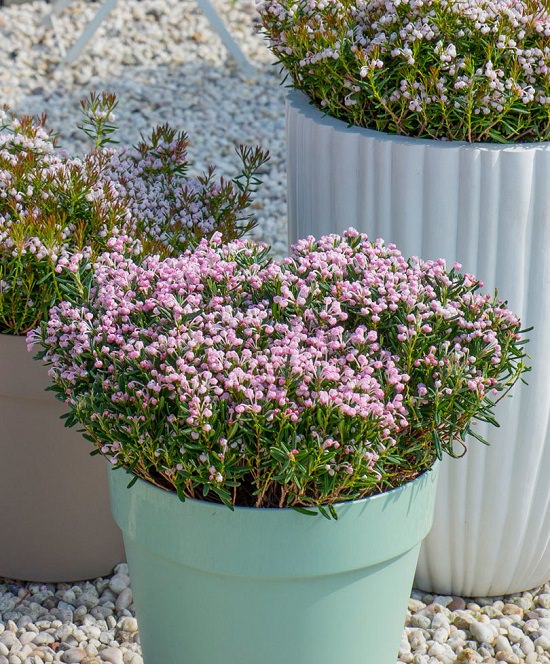
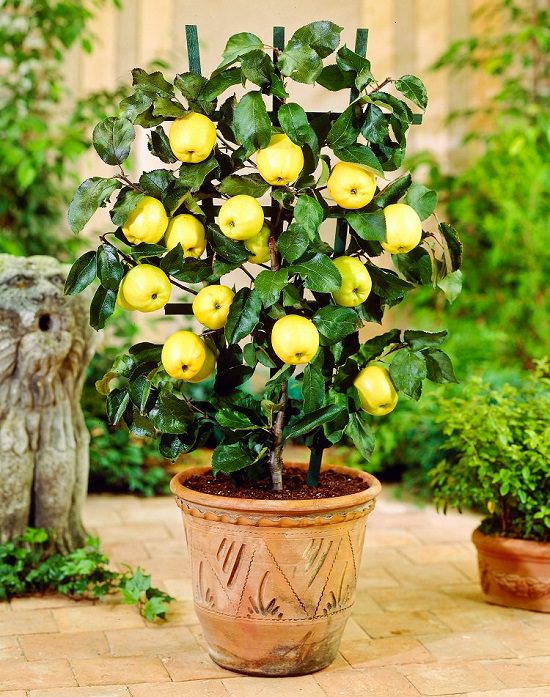




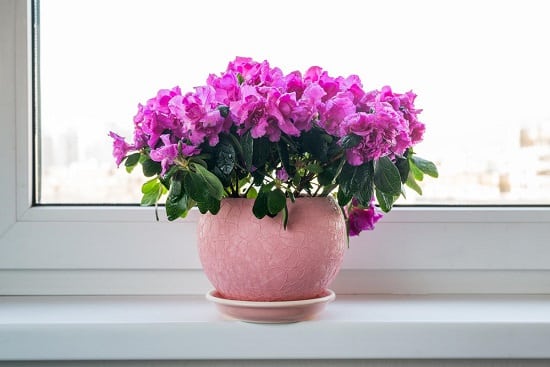


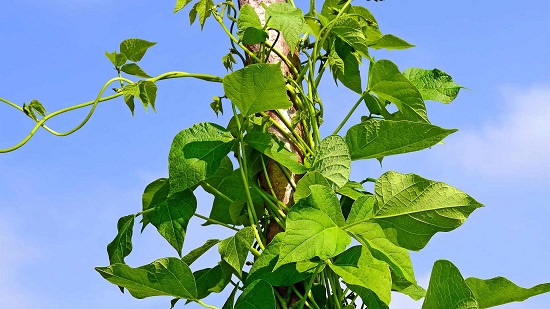


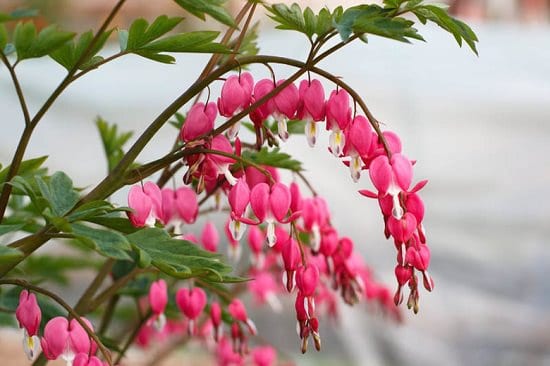


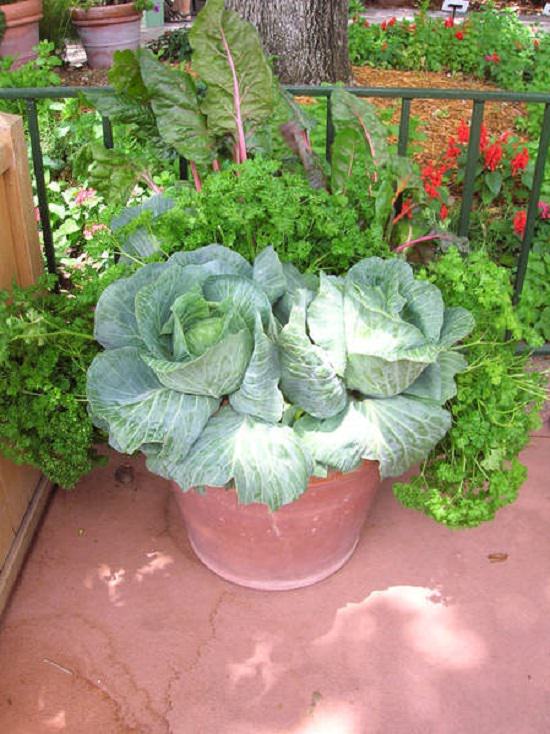
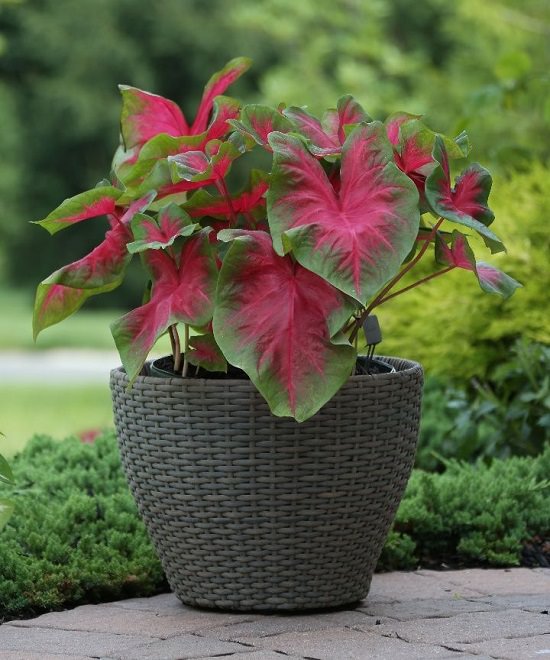
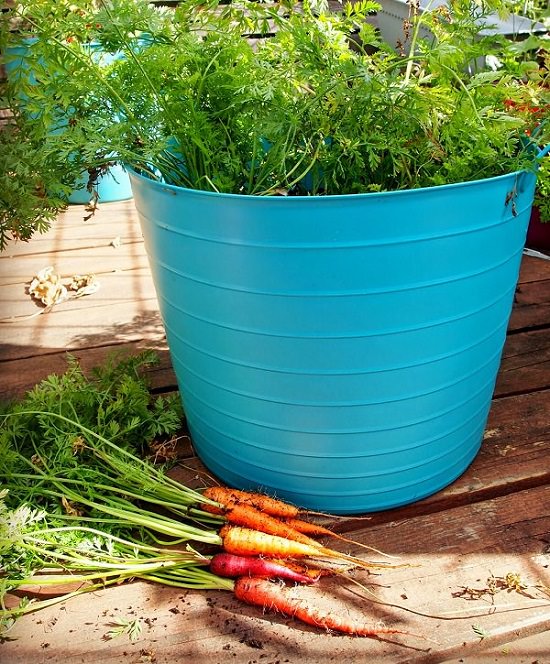
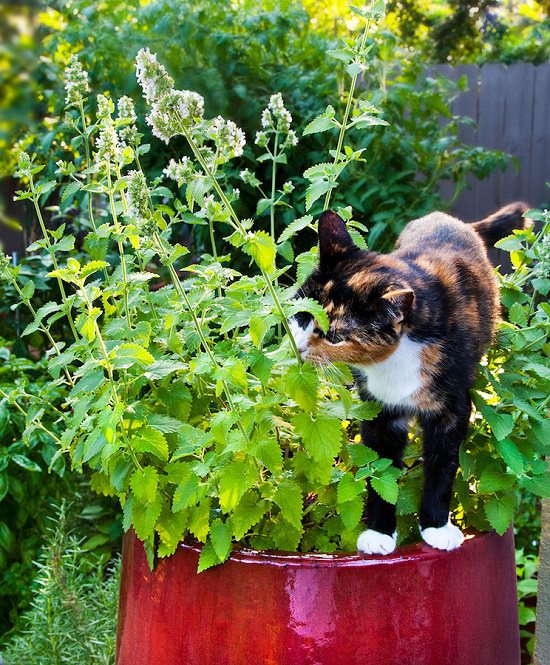
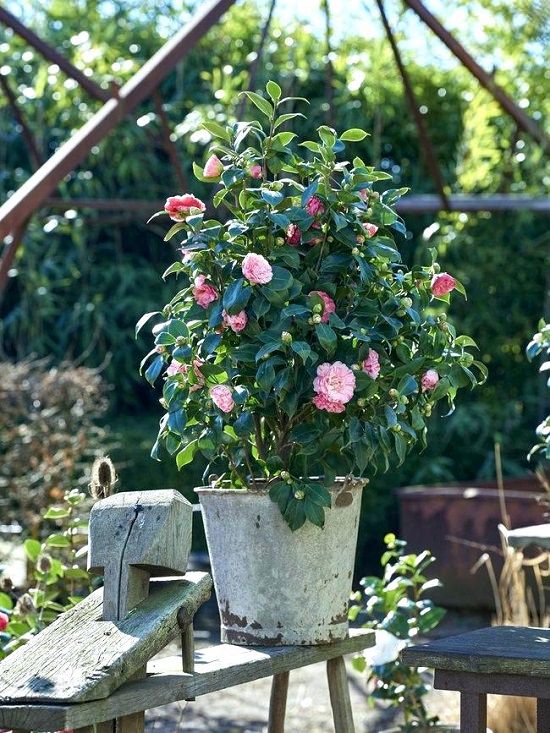

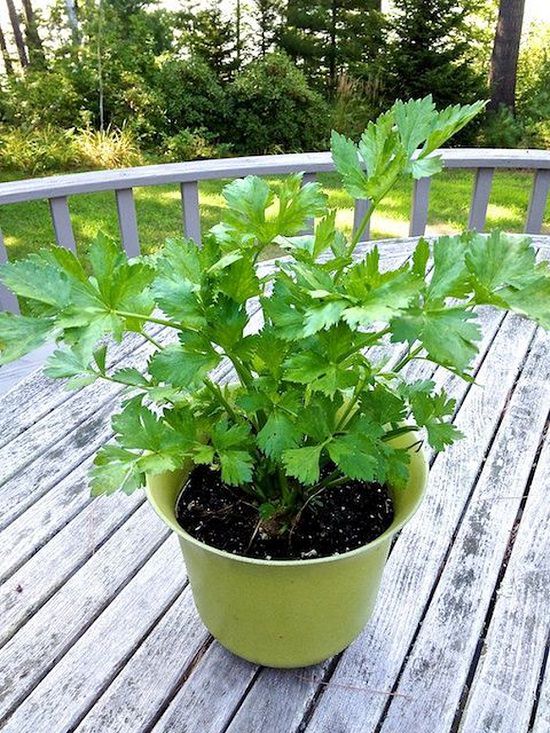
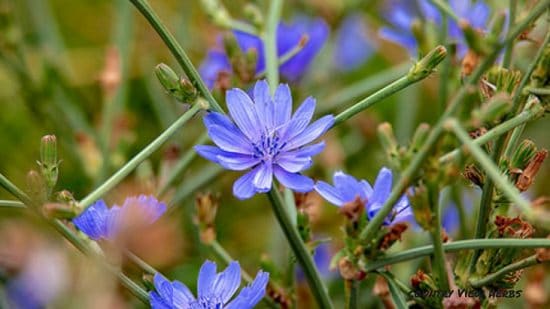
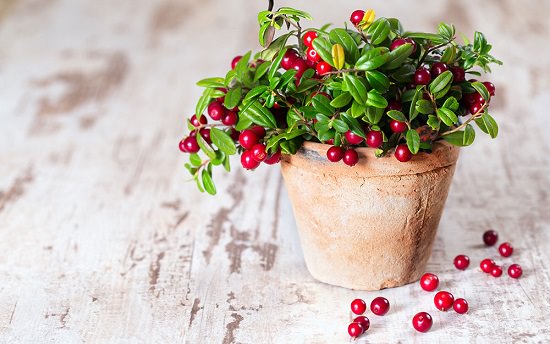
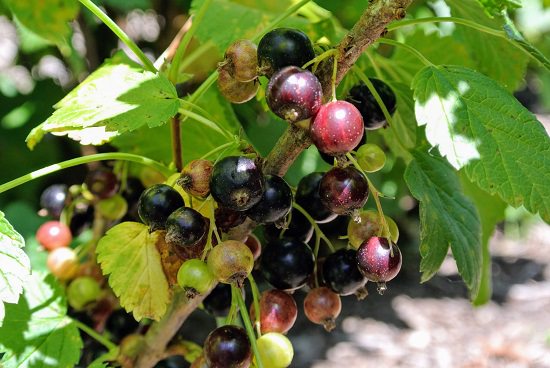

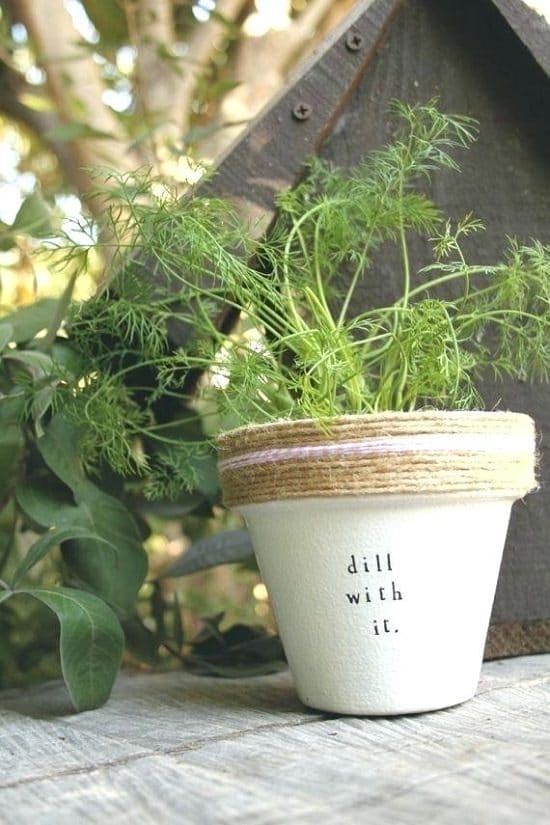
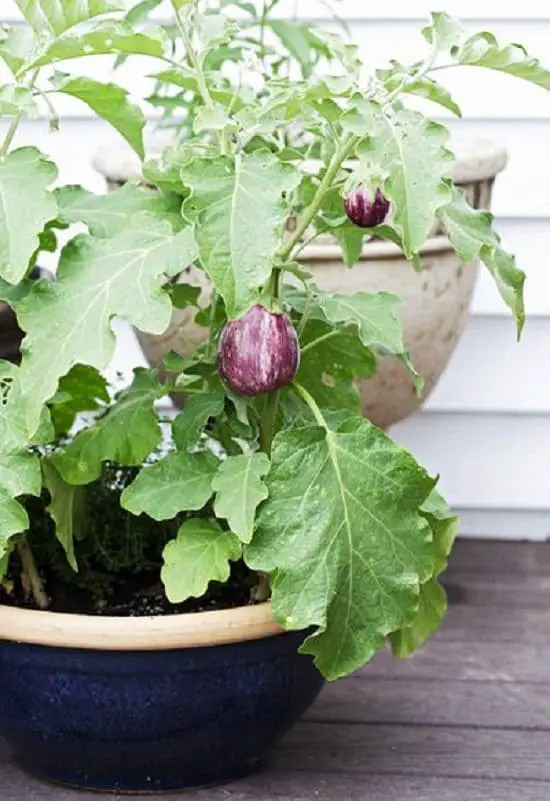
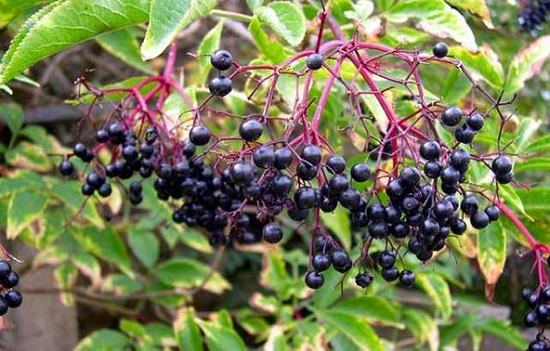


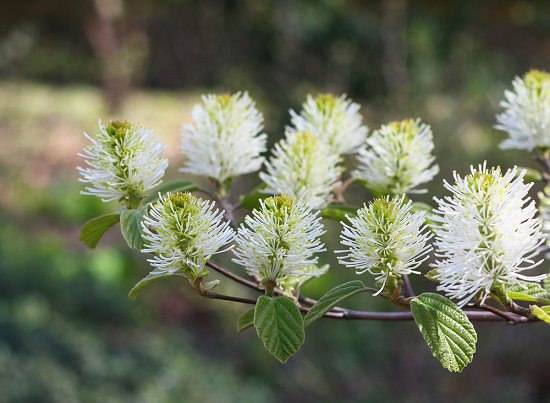
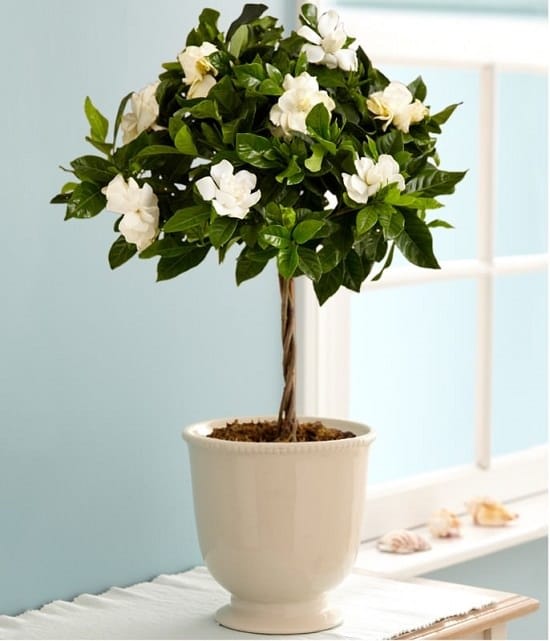
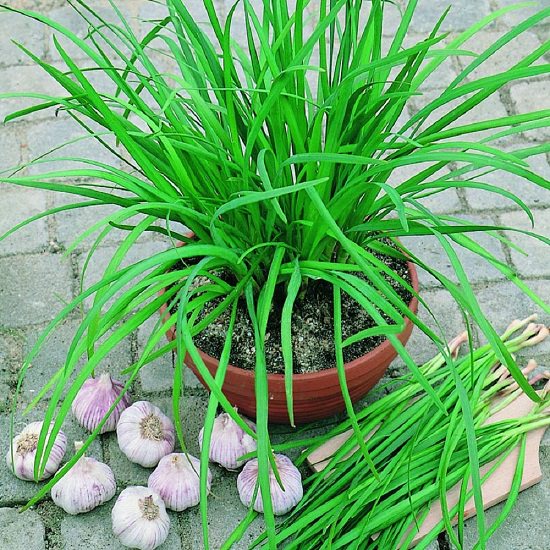
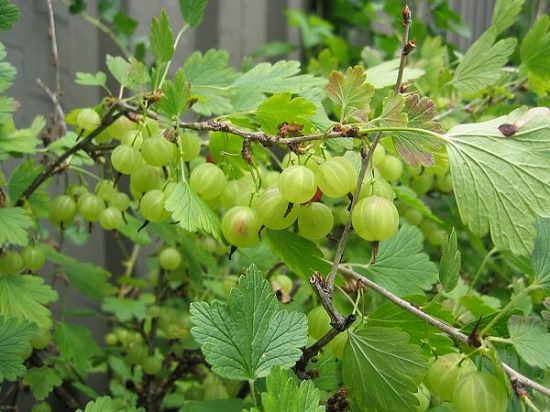
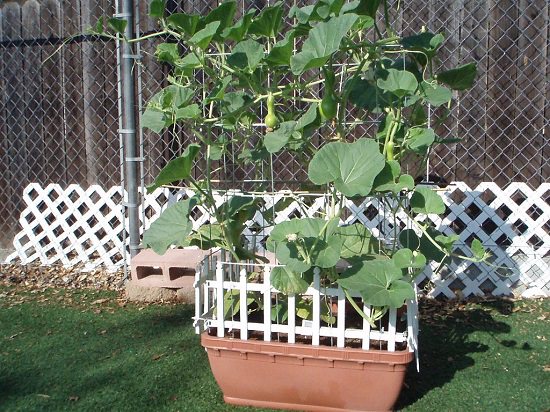

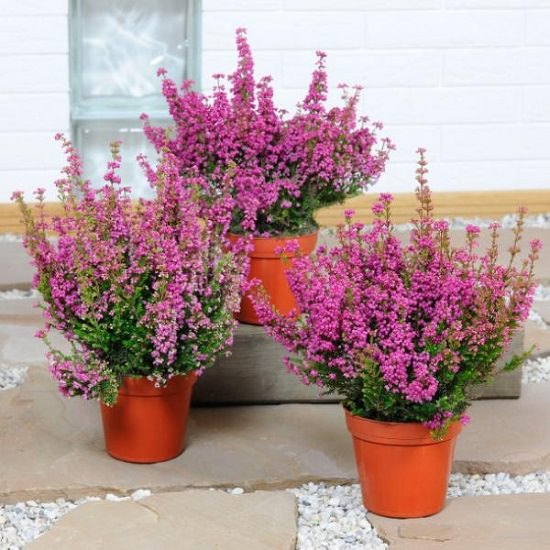
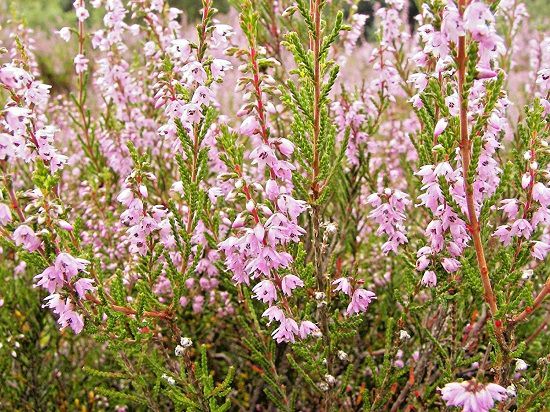
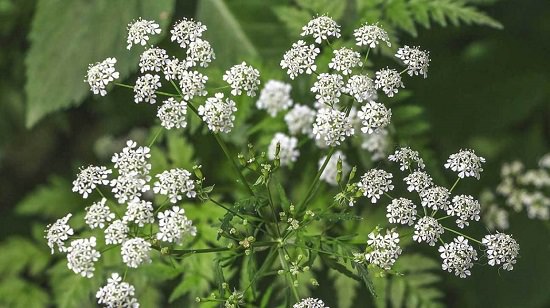




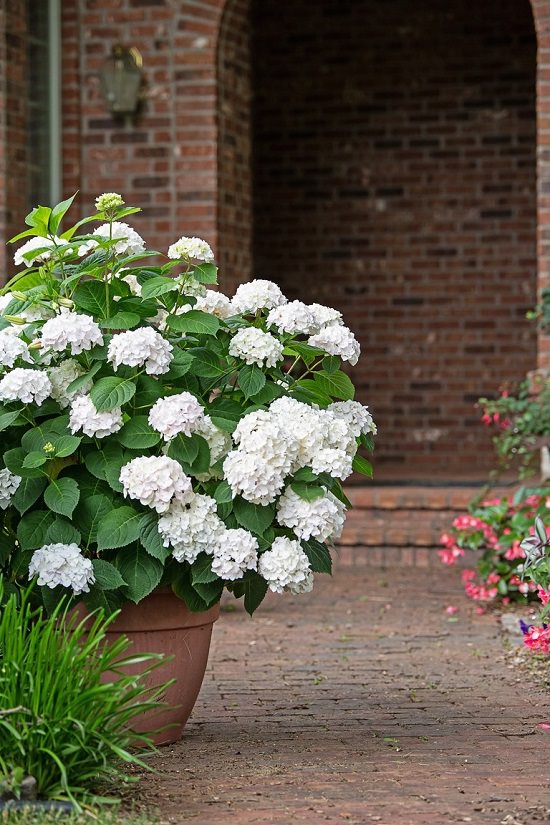


Nice!
Hello… this is a great and valuable list!
Is the list available WITHOUT photos, (just a list of the names of the plants)?
Thanks.